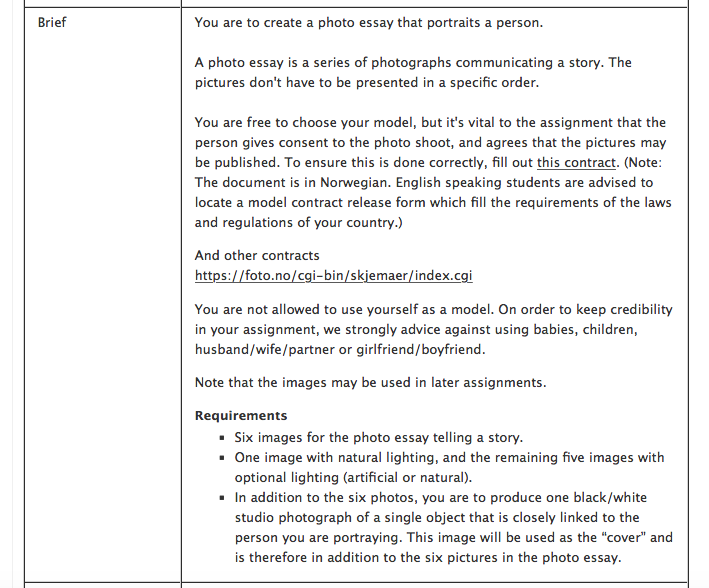
Title: “Friday”
The feedback I got for this assignment wasn’t very positive. So I’m going to have to modify this before delivering it with my portfolio.
Go to the library or search on the Internet and find a photograph from the 19th century (taken before 1900). Write a short “think piece” about this photograph. You are free to select any image you would like to write about, as long as the photograph was taken during the 19th century. Examine the photograph carefully and write about what you see and what the photograph makes you think about.
This assignment is to be written in a word processor (doc, docx or pdf) and uploaded to your WordPress blog. The image you are writing about should be included as an embedded image in your paper.
SOURCES:
http://www.messynessychic.com/2012/09/17/exotic-beauty-circa-1875/
“Pick three events in the timeline from this week’s lesson History of Photography: An Introduction, and find photographs of the event on the Internet or in the library and write a paragraph explaining the event in more detail. Include your photographs in the description.”
THE PROCESS OF NEGATIVES AND POSITIVES
– CALOTYPE 1841
William Henry Fox Talbot was a British scientist, inventor and photography pioneer.

He invented the first process for creating light-fast and permanent photographs – which he also made available to the public. This was called the calotype (from the Greek word meaning “beautiful picture”)
Definition of Calotype:
“An early photographic process in which negatives were made using paper coated with silver iodide.”
Here are some examples of a calotype photo:
DRY PLATE NEGATIVES AND HAND-HELD CAMERAS 1879
The “dry plate” was invented, by Dr. Richard L. Maddox, in 1871. This was an improved type of photographic plate and by 1879, the first dry plate factory had been established. This simplified the work of photographers, and this allowed them to expand their business.
This plate consisted of a glass negative plate with a dried gelatin emulsion. These dry plates could be stored for longer periods of time. Before the dry plate, photographers needed to carry around portable darkrooms because the wet plates they used had to be developed quickly. They had to develop the picture before the solution had dried. So this new process had definitely simplified things.
This is when the hand-held camera was introduced. It was a man named George Eastman who introduced this new contraption, manufacturing paper film in 1885. He later switched to celluloid in 1889. His first camera was called the “Kodak”.
COLOUR PHOTOGRAPHS 1930-1940’S
In contrast to monochrome photography, which only records brightness and uses media that’s only capable of showing shades of grey, colour photography is photography that uses media capable of reproducing colours.
Light-sensitive chemicals record colour information at the time of exposure. This process imitates the way the human eye senses colour, analyzing the spectrum of colours into three channels of information – red, green, blue (RGB).
Colour photography has been the dominant form of photography since the 1970’s.
SOURCES:
https://en.wikipedia.org/wiki/Henry_Fox_Talbot
https://en.wikipedia.org/wiki/Dry_plate